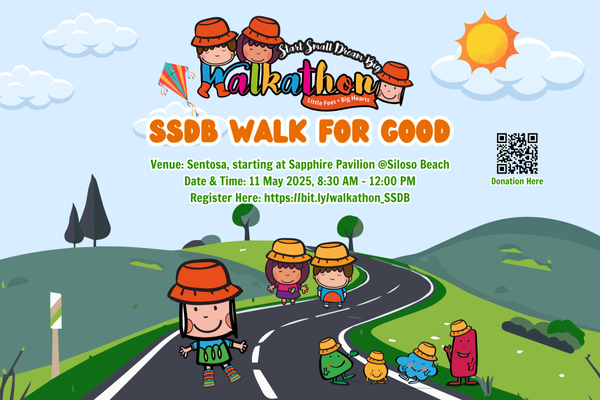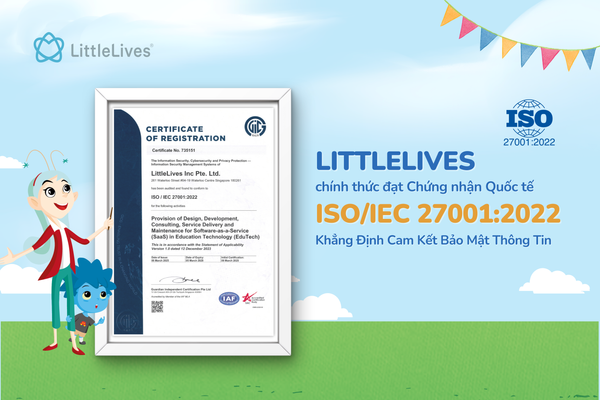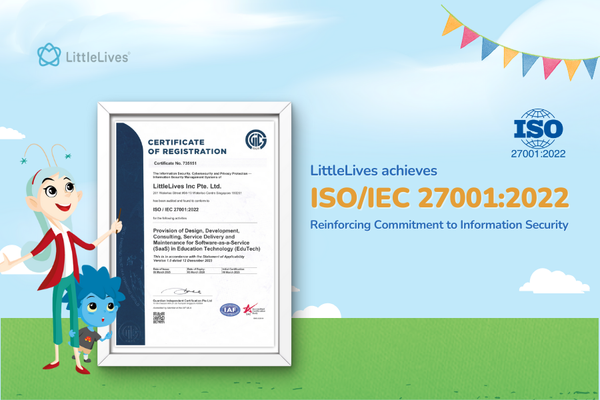Is Technology Bad for Children?
How much of this digital childhood is harmful and how much of it is helpful? How can we, as parents or teachers, maximise the good and minimise the bad?

Is technology the greatest threat faced by our children's generation? Is our aversion to technology just a symptom of us parents being "digital immigrants"?
Our children are "digital natives". They are born into the world with an iPad in hand and cutting technology out of their childhood just isn't practical. How much of this digital childhood is harmful and how much of it is helpful? How can we, as parents or teachers, maximise the good and minimise the bad?
These are complicated questions to tackle, but the answer is pretty simple: moderation.
The Bad
Technology can affect health
Using technology near sleep time can disrupt sleep patterns in children and adults alike. While we, adults, can usually handle it with a cup of coffee, lack of sleep can take a heavier toll on a young child. Disrupted sleep in young children can lead to crankiness, poor concentration, lowered energy levels, and in the long term, it can affect their development.

Overuse of technology can also lead to children building an inactive lifestyle. It isn't very easy (or possible) to use technology and be physically active at the same time. And we all know how easy it is to settle into a daily habit of watching Netflix and scrolling on our phones.
The good news is that these are bad habits that we can help our children limit, by making exercise a regular part of your family/school life and limiting screentime well before bedtime.
The Good
Despite all these possible harms, technology is actually an incredible tool when used right. Our children are growing up with a world of knowledge at their fingertips. They are in a position to be curious, connect with interesting people, and expand their knowledge.

Learning with technology is more effective (with tech-savvy teachers)
It has been proven that learning with technology can be more effective than learning without technology, given that educators use it well. What a waste it would be to avoid technology altogether just because we, adults, have a small learning curve to overcome!
Sometimes, the trouble with technology comes from a "bad workman blames his tools" situation. In these cases, we should be looking into equipping teachers to use technology more effectively. This can include:
- Digital literacy training courses for teachers
- Directing them to websites and online resources that they can use in class
- Investing in tablets and laptops for classroom use
- Including technology-use in the official curriculum

If you're a parent, you can maximise the benefits of your child's screentime by:
- Installing child-safe internet filters on your child's device
- Carve out time in the day for them to freely engage with technology.
- Help them use technology to further their interests.
*Is your child getting curious about insects? Direct them to sites like National Geographic Kids and the Britannica Kids Encyclopedia to explore that curiosity. - Frame screentime as an opportunity, rather than a limitation. This can help your children view technology as a positive tool as opposed to a vice that they indulge in every now and then.
Additionally, parents can and should be familiarizing themselves with the devices/apps/websites that their children are on. This will help them understand their child's relationship with technology, and make them more aware of the content that their child is consuming.
Final Thoughts
Technology isn't inherently bad. It's true that the internet is expanding rapidly and some parts of it are dangerously addictive. However, it can also be the greatest tool that your child has at their disposal.
We have some leeway in their youth to guide children and show them that they can openly talk to us about their internet-use.
Safe surfing!





